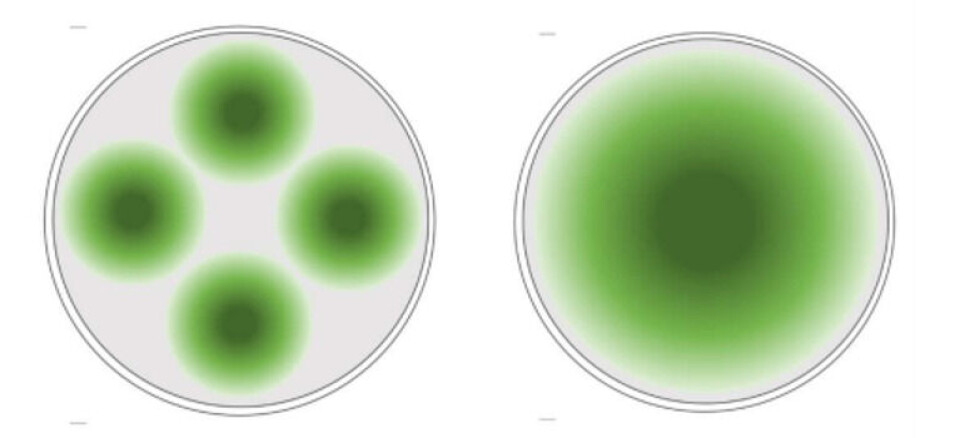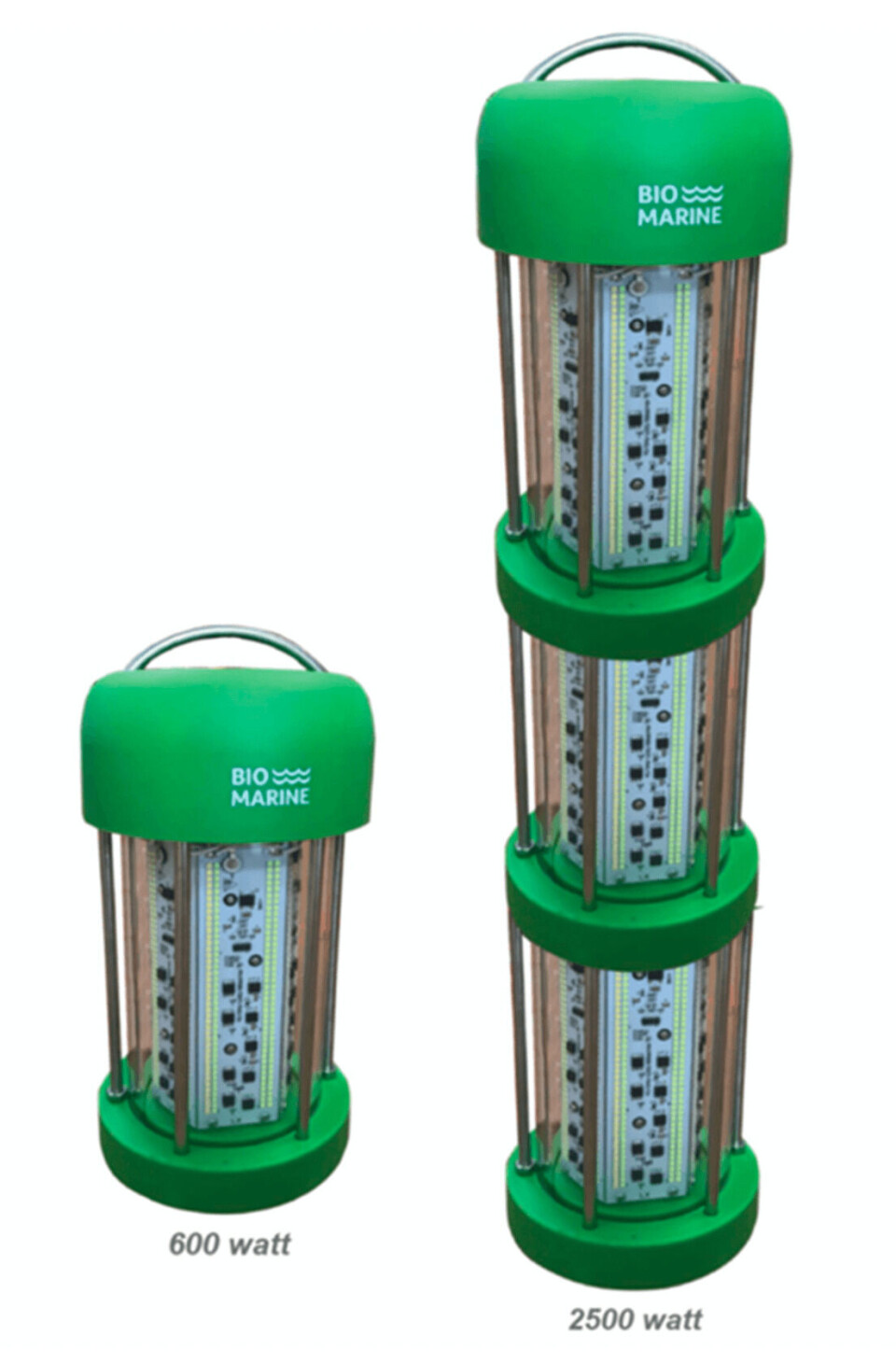
A lightbulb moment for salmon farming
Salmon farmers can save time mand money by using fewer, more powerful lights in cages, researchers in Norway say.
Modern salmon cages contain different technical devices that need to be removed and reinstalled during larger operations, such as delousing of the fish stock.
To haul up and put back all cage equipment before and after such operations means additional workload and costs, and a lower number of underwater lights in the cages would represent an important step forward to reduce the problem.
A recent test conducted by the Institute of Marine Research (IMR) indicates that there is a current opportunity for fewer cage lights.
Light wavelength
Since the early 1990s, the salmon industry has employed artificial light to control sexual maturation and improve growth rate. Several reported studies also demonstrate that extra light can affect the behaviour of the fish, such as increased swimming depth of salmon exposed to deep cage lights, and thus lead to reduced sea lice infestation.
“The formerly used metal halide lamps with highest light intensity within the blue-green spectrum (400-700 nm) are now being replaced by LED lights more adjustable to the preferred light wavelength colour and with far lower electricity consumption,” said research leader Asbjørn Bergheim at Oxyvision. To provide sufficiently uniform illumination in the cage volume, between four and six light sources are usually employed per cage.

One lamp is enough
This spring, light intensity and dispersion in commercial cages (160-metre circumference) provided by one big LED-light (2500W) and four smaller LED-lights (600W), respectively, were studied at IMR’s research station at Austevoll for one of the institute’s clients, Bio Marine.
“Roughly speaking, the measured light intensity five metres from the lamps in the sea was five times higher for the big lamp compared to the small lamps. The light intensity 20 metres away from the big lamp was approximately the same as the intensity 10 metres from the small lamps,” said Bergheim.
As a preliminary conclusion, the initial test indicates that one big lamp can provide the same light intensity in large cages as four smaller lamps.






















































